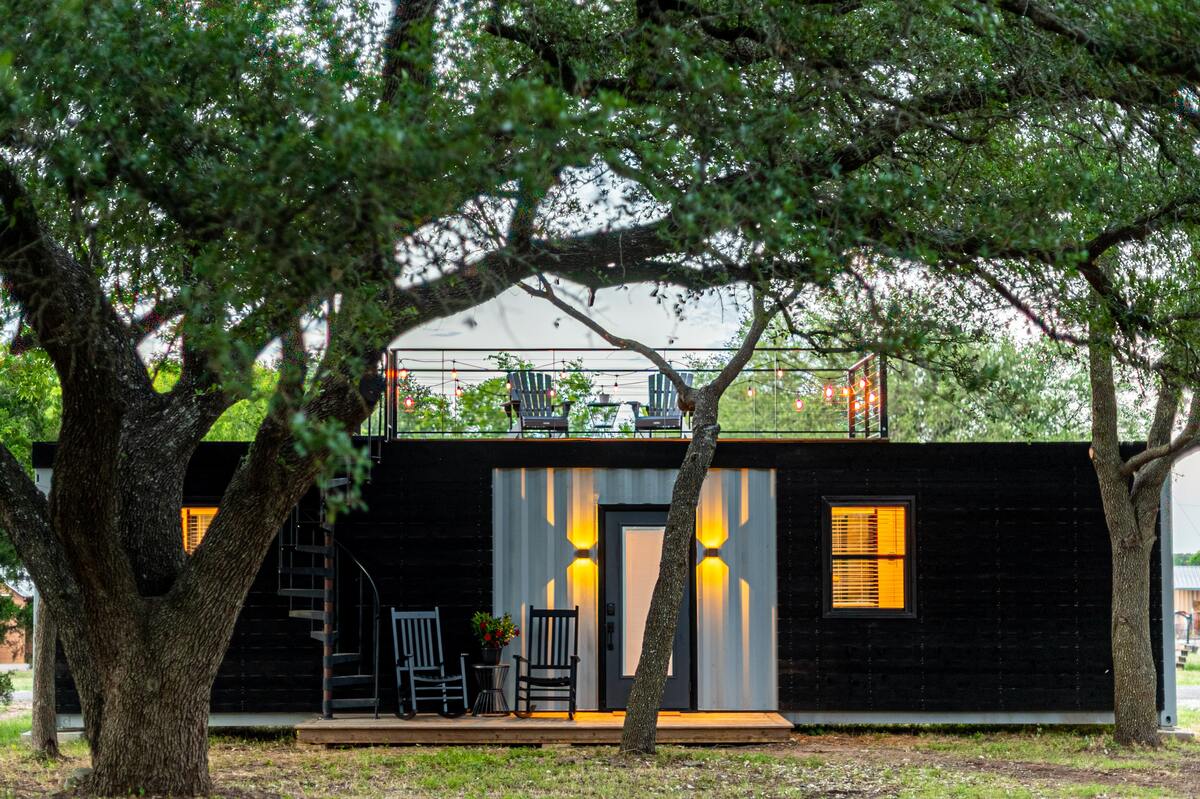The home building industry has faced a number of challenges in the wake of Covid — supply-chain issues and rising material costs in particular, as well as an ongoing skilled labor shortage — that may be causing builders to explore different building options. One area in particular that’s been on the rise amid these economic issues is offsite construction, which has a number of benefits — including reduced labor, shorter build times and less material waste — that may be attractive to both builders and buyers.
"Pre-Covid, I saw a significant increase in offsite construction, and particularly modular construction, at the 2020 International Builders' Show [IBS],” shared Ken Semler, president and CEO of Impresa Modular. "At that time, it was primarily driven by the lack of labor and overall costs.
"At the 2022 IBS, costs were off the charts — the broken supply chain, rapidly increasing costs and the lack of labor has driven builders and developers to seek offsite modular construction, and it has only gotten stronger," he added. "Economics is making everyone look at better and more efficient ways to build."
Semler and other industry pros recently weighed in on the benefits of offsite construction, especially in the current economic climate, and what the future could bring for these types of building methods. Some of the issues that offsite building can help tackle include:
- Rising interest rates: "An initial advantage for offsite construction could be due to the speed at which a home can be 'completed' when interest rates are on the rise," stated Michael H. Weber, IOM, CGP, CSI, national business development manager at The Euclid Chemical Co. "For example, if you wait six to eight months for a stick-built home to be completed in an economy where interest rates are going up, getting an 'offsite' home constructed faster allows closure on the loan at a lower interest rate, which may determine if the mortgage is still affordable."
- Shipping/fuel costs: "It's cheaper to ship a finished assembly once as opposed to shipping miscellaneous parts multiple times on separate vehicle deliveries for an on-site project," noted Jack Armstrong, BSChE, executive director/COO at Structural Insulated Panel Association (SIPA). "Offsite remains more economical, especially in light of rising fuel and shipping costs."
- Labor: "Offsite manufacturing typically occurs under cover, so weather isn't an issue; the right tools are always at hand, and employees are responsible for the same/similar tasks from one project to the next providing greater efficiencies," Weber said. "Offsite construction, with employees repeating the same or similar tasks daily, offers an opportunity to train unskilled employees faster as compared to onsite-built construction’s problematic and time-consuming on-the-job training."
The controlled environment also decreases weather-related delays and creates a complete component that can be erected quickly on site.
"On a recent residential build in a rural location outside Steamboat Springs, subcontractors were difficult to find due to the locale," recalled Mikel Ochs, president of operations at Whisper Creek Homes. "A panelized building system allowed the builder to dry in faster, leave the structure over the first winter, then return in the summer to finish interiors."
These professionals and others share more in Part I and Part II of Tamarack Grove Engineering's "Offsite vs. Onsite Construction" series.
The 2023 IBS also features a number of education sessions for builders looking into these types of building methods, including:
- Site vs. Modular: How the Construction Processes Differ (Tuesday, Jan. 31, at 9:30 a.m. PST)
- The 4 Ps of the New Multifamily Ecosystem (Tuesday, Jan. 31, at 4 p.m. PST)
- Capitalizing on The Benefits of Offsite Framing: It’s Easier Than You Think (Wednesday, Feb. 1, at 1 p.m. PST)
The Building Systems Community will offer additional opportunities to learn about offsite construction and network with industry professionals. Register today to attend IBS.
*Note: All articles have been redistributed from NAHBnow.com*
